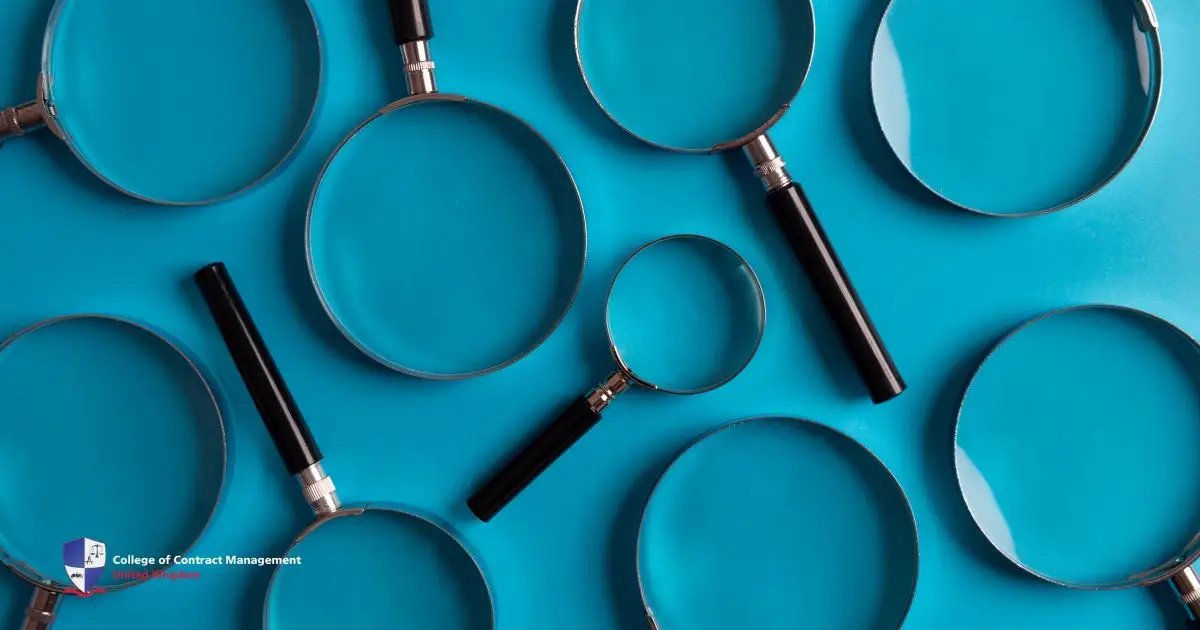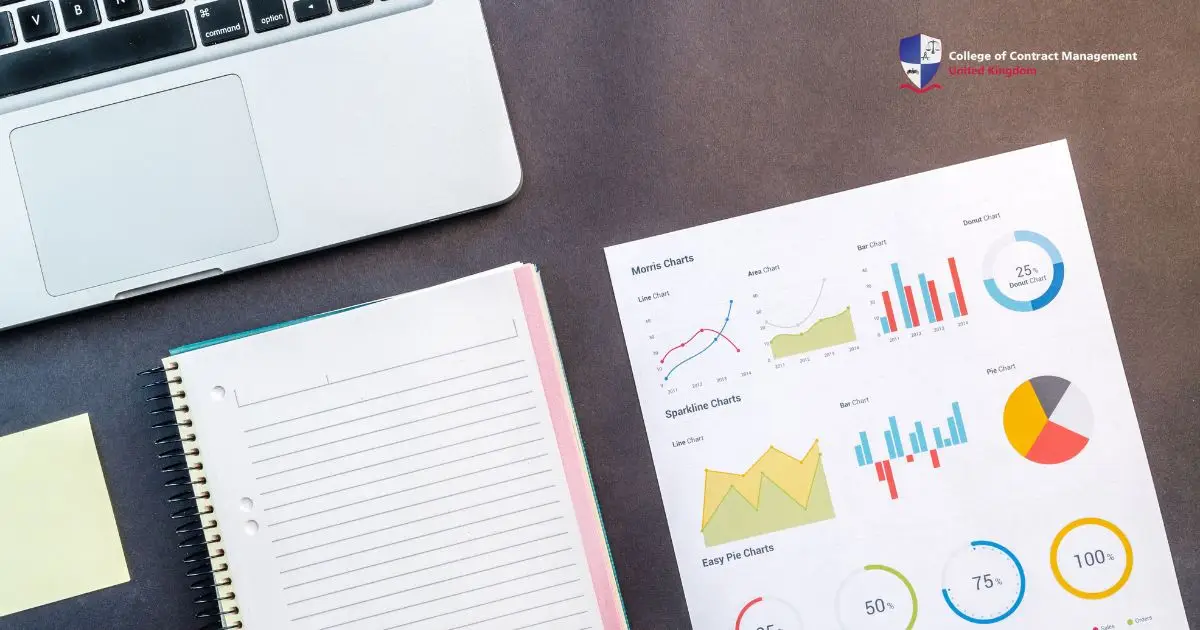Doing research can be challenging for many students. Some may worry they can’t finish their projects. However, secondary research helps make it easier. This type of research means using information already collected by others. It saves time and effort, making it an excellent option for students who want to complete their work faster and without much trouble. Overall, students should know about what research is about and its benefits.
What is Secondary research?
Secondary research is when you gather information that is already out there. Instead of doing surveys or experiments, you use what others have already found. Schools and companies like this method because it saves both time and effort. Moreover, it’s helpful for students who want to get their projects done more quickly and easily. For example, if you're going to write about planets, you wouldn’t need to build a spaceship and go to space. Instead, you can read books by experts or watch videos about space. These sources provide important facts without needing to go on your space adventure.
Another name for secondary research is "existing desk research." This name fits well because you can do it at your desk or at home. Consequently, you don’t have to go out to collect new information. Instead, you can search books, articles, or websites for the needed data. This method makes learning more accessible, so many students prefer it.
The difference between Primary and Existing research
A. Primary research
It is when you gather new data that no one has collected before. In this case, you are the first person to find this information. All the data in primary research is original. This type of research is often used when there isn’t enough information available on a topic.
Some ways you can acquire the needed facts for your primary research are:
- Surveys
- Interviews
- Case Studies
- Observation
- Experiments
B. Existing research
On the other hand, existing research uses data that other people have already gathered. In this scenario, you are not the first to collect the information. Instead, you use what’s already available. Generally, there’s usually more information through existing research, so you don’t need to spend as much time gathering new data.
Here are sources you can collect relevant information for secondary research:
- Books and journals
- Official reports
- Articles and essays
- Research papers
- Video or voice recordings
In summary, both primary and secondary research are essential tools for gathering data. This also helps students make correct decisions. Primary research helps gain firsthand data. Meanwhile, existing data provides more information because it comes from many sources. Together, they enhance understanding and strategy. This is essential for both businesses and studies worldwide.
Advantages and disadvantages of Primary and Secondary research
Research is an important aspect of gaining knowledge. The primary and secondary research types have specific and unique approaches. Understanding the strengths and weaknesses of both methods helps students decide which one they should choose. Research involves acquiring data from different sources. This exploration of the advantages and disadvantages highlights how they contribute to the field of research.
Primary research
- Advantages
- You own the data you collect.
- The data is relevant to your study/research.
- Ensures credibility since you conducted the research yourself.
- Learning about proper documentation.
- Disadvantages
- Completing it can take a long time.
- It may also be expensive and require significant effort.
- Often more time-consuming.
Secondary research
- Advantages
- It’s faster because the data already exists.
- It’s often free or much cheaper than primary research.
- Disadvantages
- You don’t own the data.
- The information might not be relevant to your study.
Both types of research play vital roles in the research process. Ultimately, choosing between the two is up to the researcher. Also, it depends on the objectives, available sources, and the depth of understanding. By recognising their differences, researchers can effectively design their studies. This ensures that they create meaningful conclusions that can contribute to their fields.
Sources of existing data
Now that you understand the difference between primary and existing research let’s discuss where to find data sources. Using trustworthy and reliable sources is vital to ensure your secondary research is accurate. Therefore, do not trust anything you see on the internet without fact-checking. Here are some common places to find existing research:
- Books: Books are one of the best ways to find information. Libraries are filled with books that cover almost any topic. Books are a good starting point for learning about animals, history, or important people.
- Website Journals: Next, the internet offers many new sources of information. You don’t have to go to the library anymore to gather data. Online journals contain studies by experts that are posted on websites. These are credible sources for your existing research because professionals in the field often write them.
- Newspapers: Additionally, newspapers, reports, and articles often have essential facts and studies. Many groups share their data in newspapers, making them good sources for secondary research. Another plus is that newspapers are usually free or cost-friendly.
- Databases: Furthermore, schools and libraries have special data collections called databases. These contain studies and statistics from researchers, students, or school staff. Databases are full of helpful information that you can use for your existing research.
- Government Publications: Lastly, governments release reports and papers on health and the economy. These are often free or low-cost to access. If you are researching health, finance, or laws, government publications are reliable sources to use.
utilising data from different sources like journals and government reports helps you study a topic. These sources provide valuable insight regarding what you’re looking for. Additionally, using secondary research allows you to build on existing knowledge. Moreover, it saves you time and helps make the overall research easier to handle.
A simple guide in starting your research
Secondary research can seem complicated at first. Many students feel overwhelmed by their projects, but existing research can help make the process easier. You will need to do research often during school, and effective planning about using existing research will make it more manageable. Here’s a simple guide to get you started:
1. Pick a topic or question
Before you start, choose a topic or question you want to explore. Write down the questions you want to answer. Some topics require you to collect your information, which means primary research is necessary. However, for most topics, existing research will work if you know where to find good sources.
2. Collect information
Once you’ve chosen your topic, it’s time to start gathering information. First, find the main keywords for your study. Then, look for sources that match your topic. You can also check organisations or experts who have studied the same subject. Ask yourself, “Who else has researched this before?” This will help you avoid problems as you move forward.
3. Begin collecting data and check your sources
If no one else has studied your topic, it’s time to gather your information. Start by listing the sources you think will help. Your sources can come from different places, such as books, websites, newspapers, and journals. Remember, secondary research is all about knowing where to find the data you need for your project.
4. Review your findings: Do you need more?
After you organise your information, take some time to review it. Check if the data answers your research questions. Look for gaps or missing information. If you need more details, go back and find additional sources. You might discover new information that you missed the first time.
Now that you know how to start your research, you can explore the topics you want to study. These are crucial steps to improving your research output. More importantly, it increases your credibility as a researcher. Knowing how to start a study is key to achieving high-quality secondary research.
Conclusion: Why should you try Secondary research?
In short, existing research is a simple way to gather data for your projects. It’s faster and easier compared to other research methods. Whether you’re doing schoolwork, a business project, or just researching for fun, existing research is often the best option. Just remember to use reliable sources so your research is accurate.
Learn how to do Secondary research with us
Need help starting your research? The College of Contract Management can support you in your learning journey. We’ll help you gain confidence and ensure you succeed in your research efforts. Moreover, our courses and programmes give you a comprehensive and helpful journey to attain your goals.





